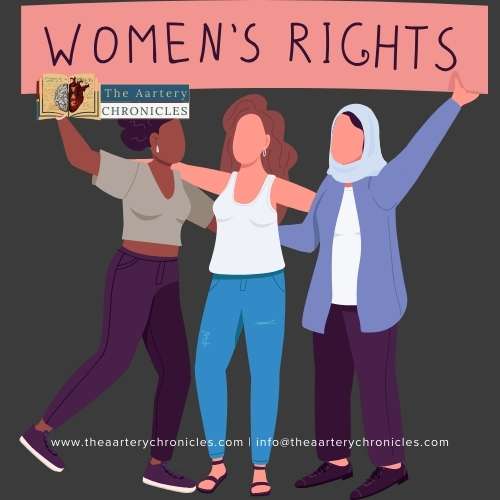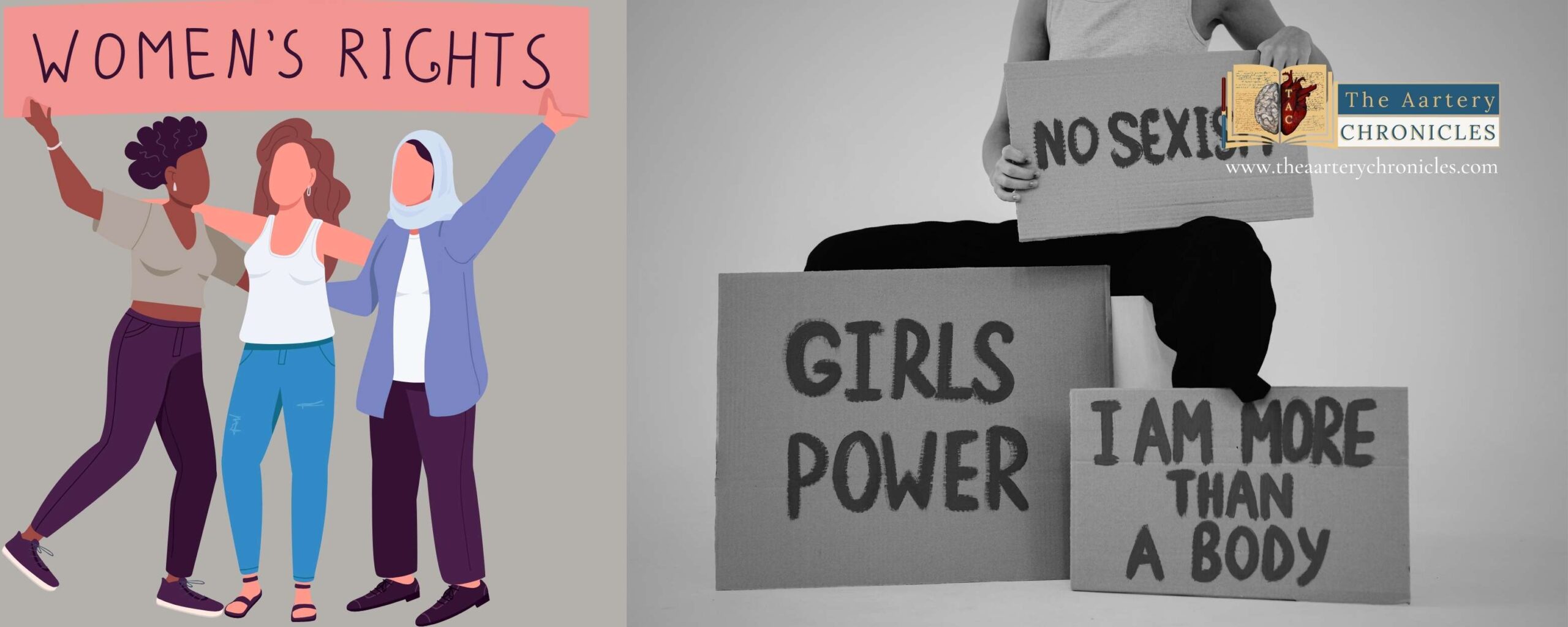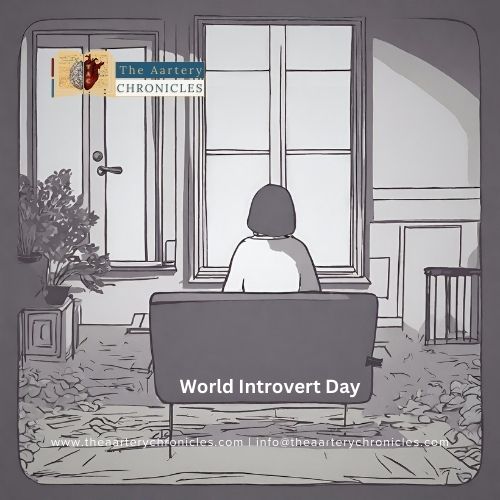

Feminism: A Double-Edged Sword In Pursuit Of Equality?
The debate over the controversial “F” word, which has elicited equal parts acclaim and condemnation for advocating women’s rights in society, has been going on for millennia. Despite making waves in today’s society with its growing popularity, the term “feminism,” which causes many people to scoff in revolt, “I believe in equal human rights, but I’m not a feminist,” has also been disparaged and scorned with terms like feminazi and female chauvinist.
So, let’s dive into this article and find out what it is about feminism that has raised quite a few hackles since its emergence and why it has been at the forefront of people’s denigration ever since.
What Is Feminism?
Feminism is a socio-political movement working to establish equality and equity for individuals of all genders in the social, intellectual, economic, and political realms of society. Feminism advocates for women’s rights in society through gender equality.
The philosophy of feminism promotes equal access to opportunities, resources, employment, and societal participation for everyone, regardless of their gender. This isn’t just random feminist theory; the United Nations’ Sustainable Development Goals (SDGs) recognize gender equality as a vital basis for a peaceful, prosperous, and sustainable society, as well as a fundamental human right.
Beware the wolf in feminist clothing; Fake feminism.
Priya Bairagi
The Emergence Of Feminism And Different Waves Of Feminism Throughout History

Feminism has evolved drastically throughout the history of time, and understanding where we are today requires acknowledging the history of the different feminist groups. Below is a quick review of the first, second, and third waves of feminism, as well as the widely contentious fourth wave.
- First-wave feminism: Women’s suffrage in the late 19th and early 20th centuries was the main emphasis of this movement, wherein women demanded the same basic human rights as men, and voting was rightly regarded as one of them.
- Second-wave feminism: The 1960s female liberation groups concentrated on legal and social equality, defining the second wave of feminism. This period was also known as the ‘sex wars’ owing to the emphasis on themes such as domestic abuse, reproductive rights, sexuality, and pornography.
- Third-wave feminism: The 1990s saw a rebirth of feminist action. This time, there was a greater emphasis on intersectional feminism, which acknowledges that our identities are multifaceted and that our level of privilege is determined by a mix of multiple identifiers. This movement involved discussions on the perceptions of beauty, womanhood, and femininity, as well as how women may create their own identities free from the constraints of masculine aspirations.
- Fourth-wave feminism: The fourth wave is highly contentious, although many believe it began around 2012 and is still ongoing. Sexual harassment, rape culture, and body shaming are some of the key issues of fourth-wave feminism. The Me-Too campaign gained popularity in Hollywood in 2017, indicating the emergence of a culture where women felt comfortable speaking up about the misogyny they encountered.
"As a society if we start to fight against gender stereotypes and performative behaviours. Half the war of inequality is over."
Parul Soni, Mumbai
Is feminism paving the way for Misandry?
Feminism is, at its core, a call for equity; nevertheless, holding hatred and disdain for males is quite different matter from merely believing in gender equality. While feminism promotes equal rights and opportunities for men and women, let’s examine misandry, which is the term for prejudice, hate, or disdain directed against males.
- The Shift Towards Misandry: Today’s culture has experienced a recent shift in feminism toward misandry, or what is commonly referred to as pseudo-feminism. There is a fine line between feminism and misandry. Though not all feminists are misandrists, there is a growing concern that feminism may have paved the way for the rise of misandry. Some radical feminist groups espouse the belief that men are inherently oppressive while women are inherently victims. This worldview fosters a victim mentality, and instead of working towards eradicating gender inequality together, it pits men against women. Radical social media pages and online communities campaigning for women’s rights are also responsible for contributing to the widespread misconception that feminism is synonymous with misandry.
- Pseudo-Feminism in Action: The Korean website Megalia is one such example of misandry; it was created to counteract and mimic pervasive misogyny by offering an online platform where women could voice comparable disparaging remarks about males. Toxic feminism can manifest itself in numerous ways, including female dominance, male demonization, discrimination against males in employment and promotion processes, and the propagation of double standards.
- The Concerns: Although feminism has played a crucial role in bringing substantial progress toward gender equality, a radical segment of the movement goes too far. Unfortunately, stereotypes like “man-hating,” “militant,” and “anti-male” promote this extreme brand of feminism and give it a terrible reputation.

Impact Of Pseudo-Feminism On Society
The goal of feminism is not male bashing. It’s not about hating all men and blaming them for everything that’s wrong in society. Rather, it is about recognizing that there are systemic disparities that disproportionately impact women and working to eradicate them.
So how do we spot a pseudo-feminist? Here are some indicators to mark the footsteps of misandry and pseudo-feminism. Now is the time to reflect! It includes:
- Giving precedence to personal viewpoints and experiences above those of marginalized women.
- Dismissing or downplaying the experiences of women who don’t conform to their limited notion of “feminine.”
- Rather than patriarchy, seeing the male population as the adversary.
- Being stuck with a stereotype that sees males as inherently oppressive and encourages women to adopt a victim mindset.
- Being biased and prejudiced, believing that women are superior to men. Belittling and discriminating against males rather than respecting their rights and dignity.
- Objectifying men or turning a blind eye when some other woman does it.
Let’s take, for instance, when a well-known actress declared in the media that “I need a man in my life only to reproduce” or when another actress pointed at the host’s crotch on national television when asked what the first thing, she looked for in a man was.
- Weaponizing sexism as a tool according to their convenience.
It is offensive when a groom asks a woman if she can make round rotis, yet it is OK for women to choose their life partner based on a man’s yearly package.
"I respect and support women and also appreciate the essence of feminism, which strives for equality. It's disheartening to see some influential individuals misusing the term 'feminism' for their own agendas."
Vivek Pal, Delhi
True feminism entails more than simply expressing anger and contempt against the whole male population. Pseudo-feminism undermines the credibility and legitimacy of the entire feminist movement. Pseudo-feminism prevents women from working together, alienates men from feminism, and diverts attention away from the real issues of gender inequality in society. Pseudo-feminism propagates hatred and erodes decades of hard work spent empowering women and achieving equality.

Author: Dr. Anjali Singh
BDS [KGMC, Lucknow]
- Medicine
- Nutrition And Diet
Lorem ipsum dolor sit amet, consectetur adipiscing elit. Ut elit tellus, luctus nec ullamcorper mattis, pulvinar dapibus leo.












